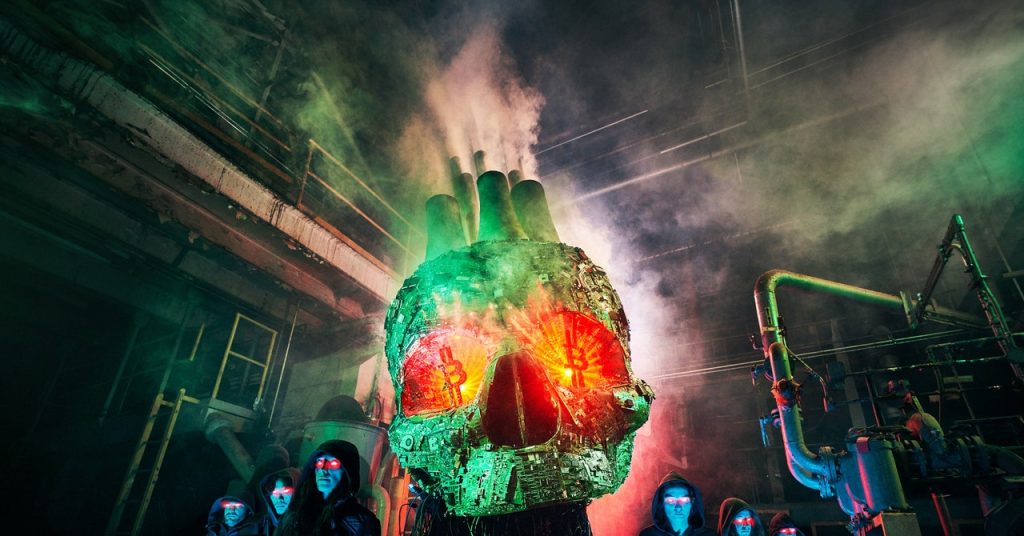
If bitcoin is agreed to be of greater societal value than tobacco, say, an industry responsible for a greater volume of emissions, its footprint becomes easier to justify. But if instead, bitcoin is just one big Ponzi scheme, the sums will never line up.
This ideological battle, and the strength of the animosity between bitcoin evangelists and their critics, means that it’s hard to have a nuanced discussion about the industry, and both sides have become entrenched in their positions.
According to de Vries, it would be perfectly possible, from a technical perspective, for Bitcoin to follow in the footsteps of the Ethereum network. “Bitcoin could move to PoS, no problem,” he says. “But it’s a social challenge.”
De Vries is often attacked by bitcoiners, who claim he is incentivized by his affiliation with central banking to criticize bitcoin, that his data is incorrect, and that he fails to account for the nuances in bitcoin’s relationship with the environment.
Bitcoiners have locked horns with environmental charities. On March 23, activists at Greenpeace unveiled an art installation named the Skull of Satoshi, an allusion to the pseudonymous creator of bitcoin, Satoshi Nakamoto. Standing 11 feet tall, the skull is decorated with old motherboards, its eye sockets glow red, and chimneys eject smoke from the crown. The installation was intended to represent the dual contribution of crypto mining to carbon emissions and e-waste, says Rolf Skar, campaign director at Greenpeace USA. But the skull was quickly appropriated by bitcoin supporters on Twitter, who described the skull as “metal” and “badass.” Some used it as a new profile picture.
“The reaction was predictable, but disappointing,” says Skar. “It’s not surprising, but it’s a bad look to trivialize these very real issues.”
The artist that designed the sculpture, Benjamin Von Wong, bore some of the backlash too. On March 25, he published a Twitter thread saying that he had revised his “black and white” assessment after conversations with bitcoiners. But he also pointed to the forces standing in the way of productive debate: “There are people on both sides who believe the other is naively optimistic, misguided and misinformed,” he wrote.
The Skull of Satoshi, which is being taken on a tour of US cities, is part of a broader Greenpeace campaign called “Change the Code, Not the Climate,” the purpose of which is to push for changes in the Bitcoin code base that would reduce the network’s emissions. Skar says the intention is to prevent fossil-fuel plants from “roaring back to life,” courtesy of bitcoin, but Bendiksen calls the effort a “smear campaign.”
Both parties also accuse the other of bad-faith misrepresentations of facts and data. The Greenpeace campaign, Pritzker and Bendiksen say, is funded in part by Chris Larsen, founder of Ripple, a company with interests in promoting XRP, a cryptocurrency that was launched as a direct competitor to bitcoin. But by the same token, says Howson, arguments in favor of bitcoin mining are often founded on data supplied by the Bitcoin Mining Council, a coalition of mining companies led by Michael Saylor, CEO of MicroStrategy, a business with hundreds of millions of dollars invested in bitcoin.

